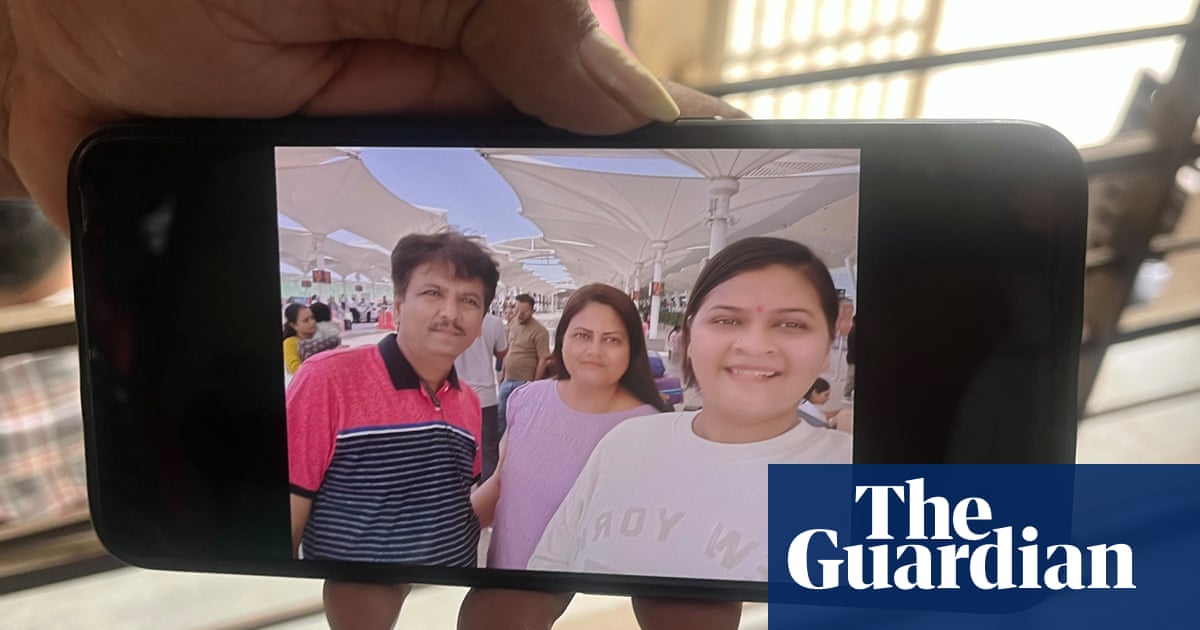I’ve had a torn meniscus in my right knee for eight years. My knee was OK for 47 years, and then I went on the easiest hike in recorded history and stepped up on a not-very-high ledge. That was it.
It’s not ideal. I can walk, but I can’t run or sit cross legged. But whenever I’m about to bite the bullet on surgery, it seems like the wrong time to be sitting around for six weeks or longer. Or someone says: “That surgery didn’t work for me.”
The time I got closest, I suddenly needed shoulder surgery, which seemed more pressing because reaching over your head is kind of important in day-to-day life. In middle age, it’s hard to know which physical problem to deal with first.
In the meantime, I’m having a massive style crisis about what shoes to wear. I’ve never been a serious heels person, but I do like wedges and I really love boots – especially the Frye harness boots I’ve had for 15 years. But every time I’ve asked a health professional which shoes are least hard on the knees, they say sneakers. I absolutely hate the way sneakers look on me. I feel instantly un-hot the moment I even look at a pair.
There were more than 700,000 knee replacements last year in the US, at least the same number of meniscus repairs and about 400,000 ACL repairs. So I can only imagine others are struggling with the knowledge that they need sensible footwear.
I texted my friend Lauren Sherman, a fashion journalist at Puck. Was there a shoe that was comfortable but not hideous?
I whispered to myself, Please don’t say sneakers.
“I assume just sneakers?” she responded. God, millennials really love sneakers. It’s a sickness!
What if I didn’t want to wear sneakers everywhere? They look so bad with jeans (on me). And with dresses and skirts – sob. I would rather just not go anywhere ever again.
The professionals were no help. “You should aim for well-fitted, comfortable shoes so as to not affect your gait, how you walk, stand, move,” says Dr Cassandra Lee, professor of orthopaedic surgery at UC Davis School of Medicine. She cited a Stanford study where women wore a flat athletic shoe, a low heel and a higher heel. Guess which was the worst for your knees and which was the best?
“As much as we like the look of heels, there is a lot of evidence they do not love us back,” Lee said. The higher the heel, the more weight is pitched forward, the more your gait is changed, and your knee affected.
She did not say “sneakers”. But Theresa Marko, founder and owner of Marko Physical Therapy in Manhattan, did: “I recommend a supportive sneaker, such as a running sneaker. These provide cushion and arch support, which help support the knee in a neutral alignment. They also help soften the forces that the foot transmits when it strikes the ground, which travel up towards the knee.”
She added that every body is unique – if someone is experiencing pain, they should see a physical therapist to address their issues, develop a personalized treatment program and review what footwear might work best.
I did not think running shoes worked best for me. They made me feel weird and wobbly. To my surprise, Marko acknowledged that running shoes can feel unstable. This is because of something called the heel drop, or how much lower the toes are than the heels in a given pair of shoes. I was glad to know this, even if the heel drop situation didn’t seem to be my Waterloo.
The reason I hate running shoes is they make me feel like I’m walking on stilts, or on stage. When my foot is separated from the earth by a thick piece of rubber and molded plastic, I feel like I’m perched above the earth, floating in the ether. Then my gait is off because I feel unmoored, and an off-gait is precisely what you’re not supposed to have.
“The wrong shoes and [their effect on gait] can cause a slight torque in the knee, which could cause rubbing on the cartilage or improper tracking,” said Carrie Collins, founder of Stretch Chi, a stretching and movement studio in Chicago. This resonated with me! My boots felt comfortable, but they were definitely not snug around my foot like a sneaker or another less rigid shoe would be.
I could not ignore that all the experts were suggesting sneakers. Well, fine. But if I had to wear sneakers, they could not have laces. Otherwise, I’d be too lazy to put them on.
after newsletter promotion
After Googling “most supportive slip-on shoes for women”, I settled on a gray sneaker by a brand called Ryka. They are not sexy or cool at all, but there is something subtle and under-the-radar about them. The shape is also slightly aerodynamic, space-agey – at least they have some personality. I don’t love them, but I don’t hate them. I will admit that they are nice and snug around the top of my foot, and the entire bottom of my foot is supported. Yesterday, I had to walk thirty blocks and I wore them with a sundress and no one died.
I have to say that wearing sneakers, despite being sad, is just the right thing to do. But what about when I absolutely cannot bring myself to wear them? Like a job interview or dinner anywhere other than Chipotle?
“If someone must wear a heeled shoe, I advise rubber bottoms and a very low heel – one to two inches,” said Marko. A round toe is better than a pointed one (more room in the shoe for your foot) and a block heel is better than, say, a stiletto, because there’s more surface area to support your weight and distribute it more evenly over the bed of the shoe.
She mentioned some brands. Unfortunately, I would not be caught dead in any of them.
I called up Brandon Holley, who was my boss a long time ago when she was the editor of Lucky magazine, and I had two amazing, working knees. Holley, a consultant to fashion brands, had an ACL and meniscus repair in college, and sent over a few suggestions. One was a sneaker – LOL – and one was a loafer. Loafers are “in” right now, but sadly, I look ridiculous in them.
But two options stood out. One was a lace-up suede flat with a rubber bottom and a very low heel, the sort of thing you could wear to weddings, summer parties or a bar. It came in a pretty color, and had ties encircling the ankle, or, as Holley said, “wrap-around sexiness”. The other was a slip-on sandal with a two-inch block heel.
If I could wear sneakers 80% of the time, and an acceptable alternative 20% of the time, would that work? Like those people who eat mostly spinach, boneless chicken and blueberries, then have the occasional piece of chocolate, enormous sandwich or martini.
Nope. If my meniscus tear is actively hurting me, I should not be wearing heels “for any amount of time,” said Marko. If I had an old meniscus tear that had healed, maybe. But “it really depends on the individual and their needs”.
Sounds like it’s sneakers for me. And maybe the next place I should wear them is an orthopedist’s office.
-
Sarah Miller writes for many publications, including NewYorker.com, ParisReview.com, Dirt and n+1. Her Substack is the Real Sarah Miller. She lives in Nevada City, California

 1 day ago
7
1 day ago
7

















































